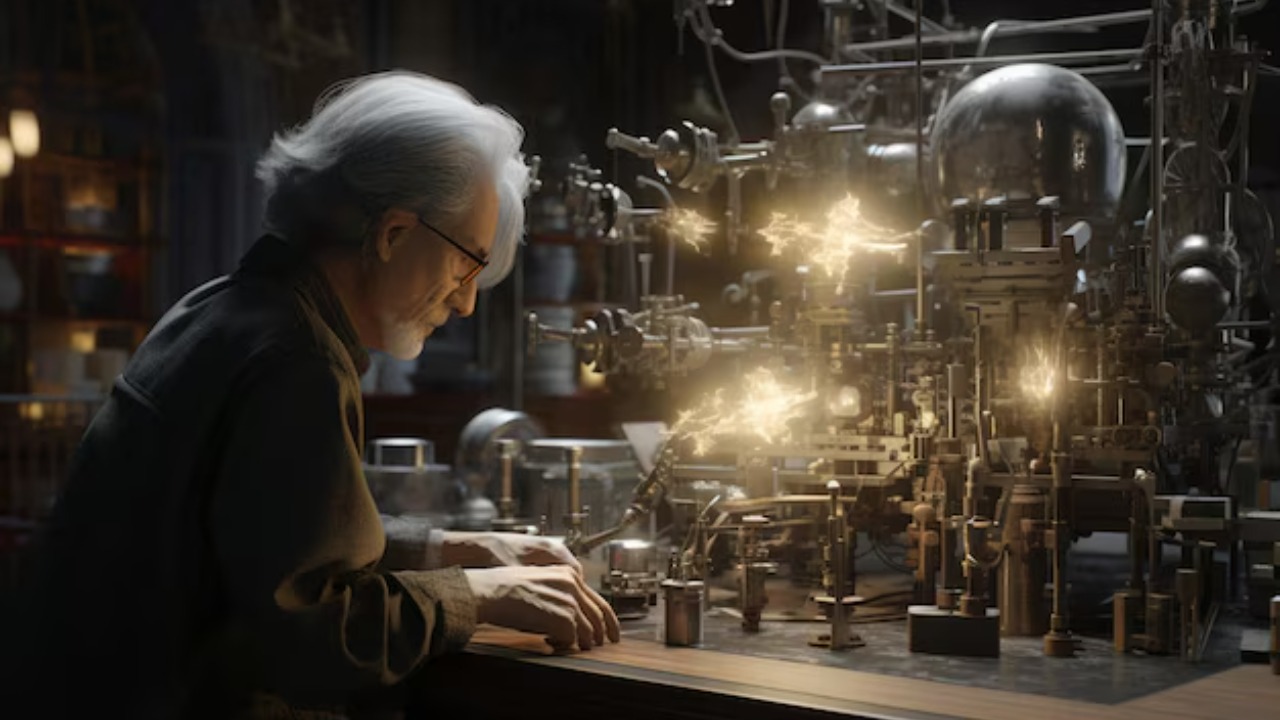
8 Inventors Killed By Their Own Inventions
Throughout history, inventors have pushed the boundaries of science and technology, sometimes with fatal consequences. These individuals dedicated their lives to innovation, yet tragically met their end due to their own creations. Here are eight inventors who were killed by their inventions.
Thomas Midgley Jr.

Thomas Midgley Jr. was an American engineer and chemist known for his work with leaded gasoline and chlorofluorocarbons (CFCs). Later in life, he contracted polio and devised a pulley system to help him get out of bed. Unfortunately, the system malfunctioned, resulting in his strangulation. His work with toxic substances also had long-lasting environmental impacts.
Marie Curie
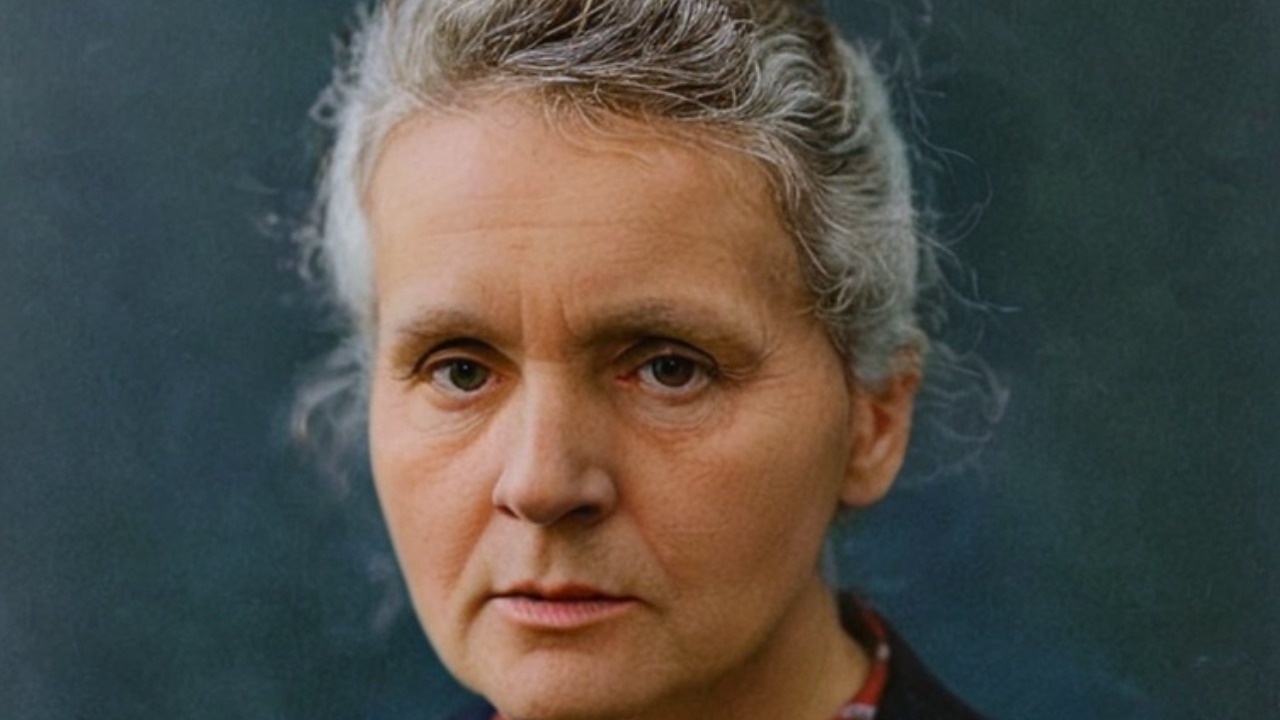
Marie Curie, a pioneering physicist and chemist, was the first woman to win a Nobel Prize. Her groundbreaking research in radioactivity exposed her to high levels of radiation, which eventually led to her death from aplastic anemia. Curie’s work laid the foundation for modern atomic physics, but her lack of awareness about the dangers of radiation exposure proved fatal.
Franz Reichelt
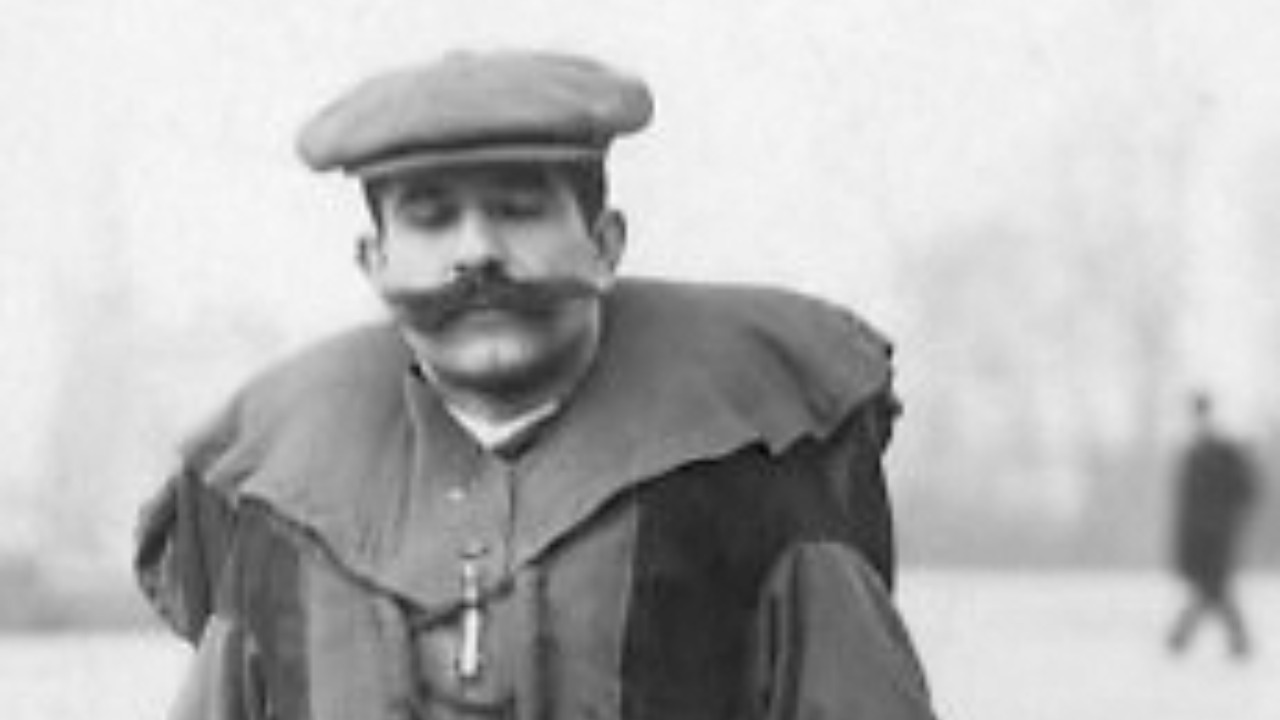
Franz Reichelt, known as the “Flying Tailor,” was a French inventor who designed an early prototype of a parachute suit. To demonstrate its effectiveness, he jumped from the Eiffel Tower wearing the suit. Unfortunately, the suit failed to deploy properly, and Reichelt fell to his death. His tragic end highlighted the risks involved in testing experimental inventions.
Sylvester H. Roper
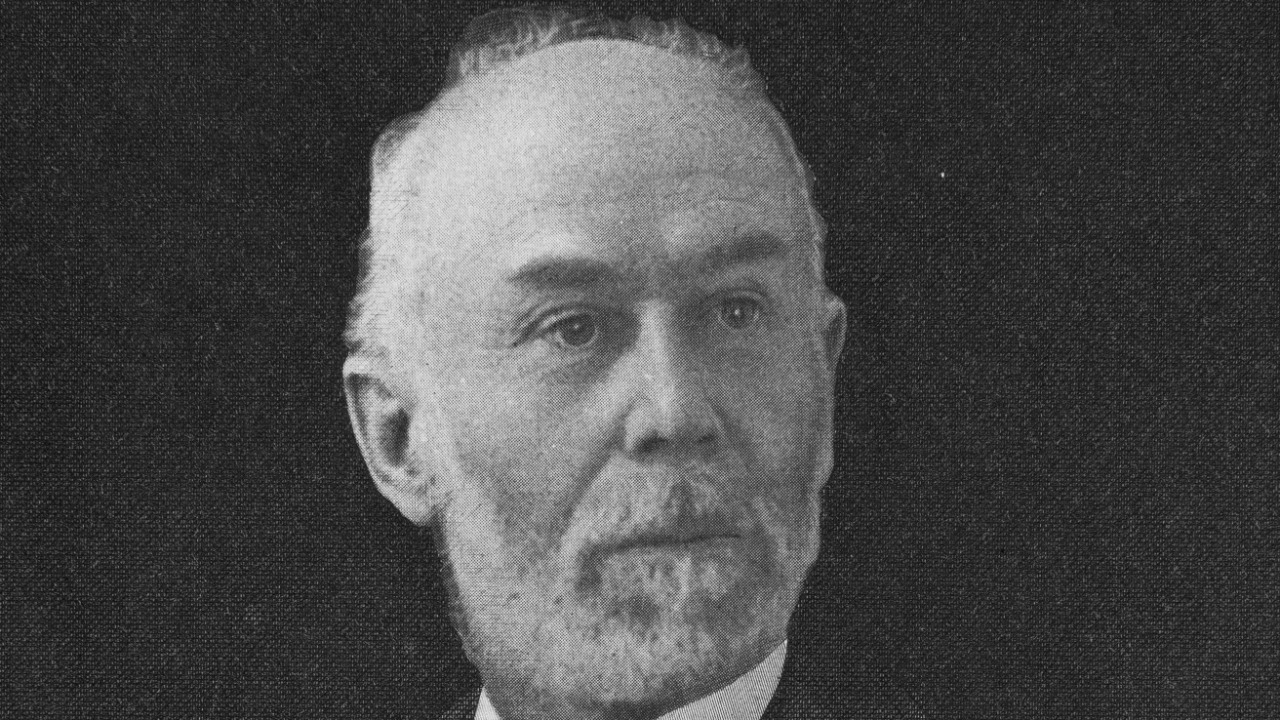
Sylvester H. Roper, an American inventor, created one of the earliest motorcycles. While demonstrating his steam-powered vehicle in a race, Roper suffered a fatal heart attack, causing him to crash. His untimely death underscored the dangers of early motorized transport, yet his contributions paved the way for modern motorcycles.
William Bullock
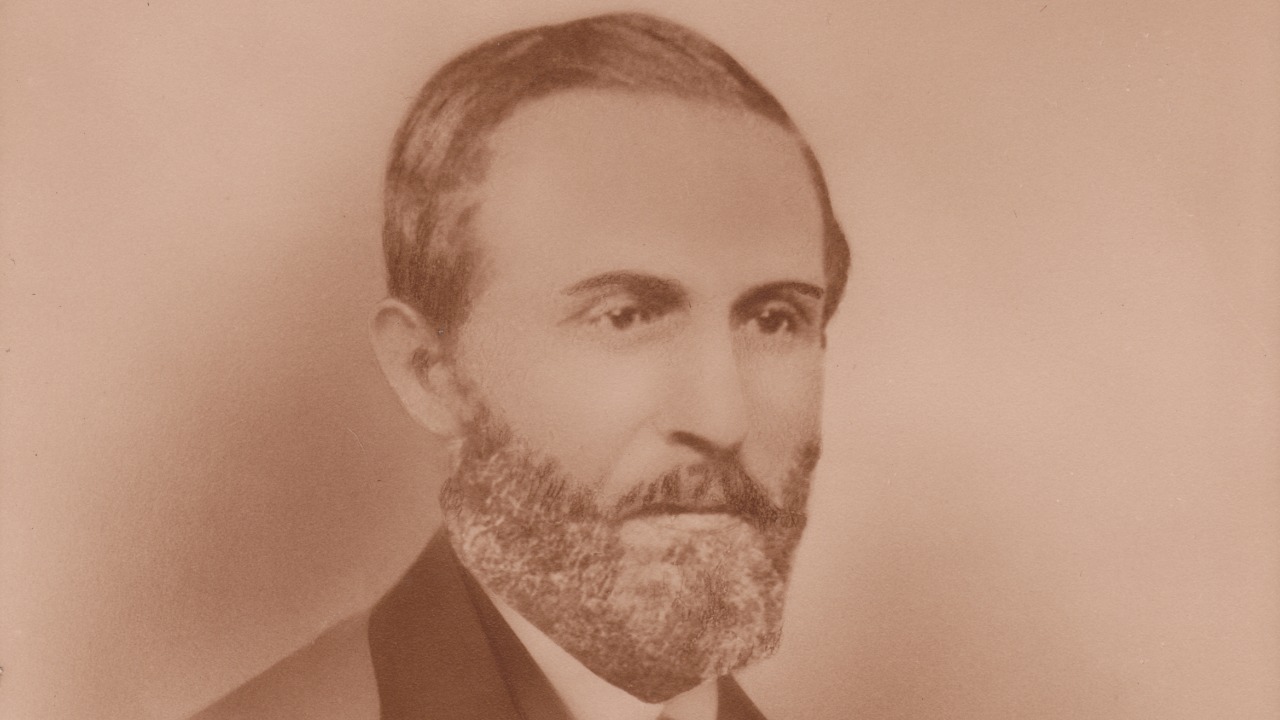
William Bullock revolutionized the printing industry with his invention of the rotary printing press. While installing one of his presses, his leg was crushed in the machinery. The injury led to gangrene, and Bullock died during the subsequent amputation surgery. His invention significantly advanced mass printing, despite its tragic role in his demise.
Alexander Bogdanov

Alexander Bogdanov was a Russian physician who conducted early experiments in blood transfusion. He believed that transfusions could rejuvenate the human body. Unfortunately, after a self-administered transfusion of blood from a malaria and tuberculosis patient, Bogdanov contracted both diseases and died. His pioneering work in transfusion science was overshadowed by his tragic end.
Horace Lawson Hunley
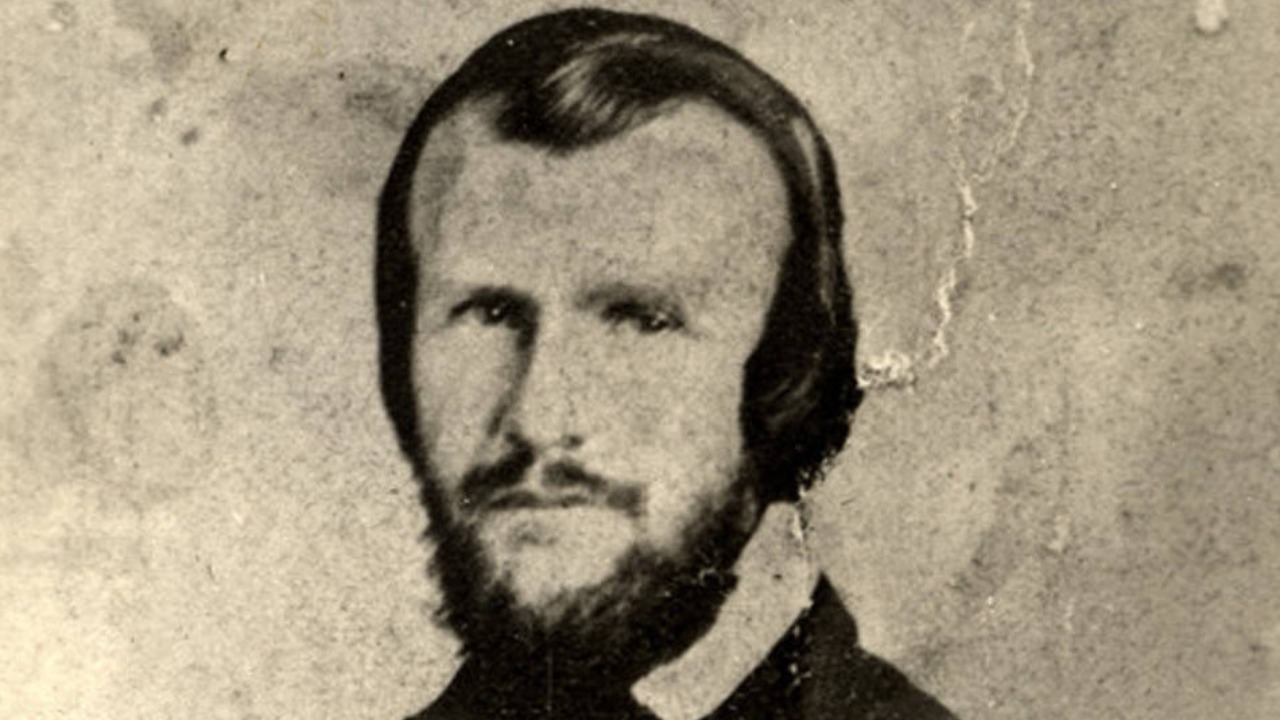
Horace Lawson Hunley was an American marine engineer who developed early submarines. During a test dive of the H.L. Hunley, the vessel sank, taking Hunley and his crew with it. Despite the setback, his innovations contributed to the development of modern submarines.
Jimi Heselden
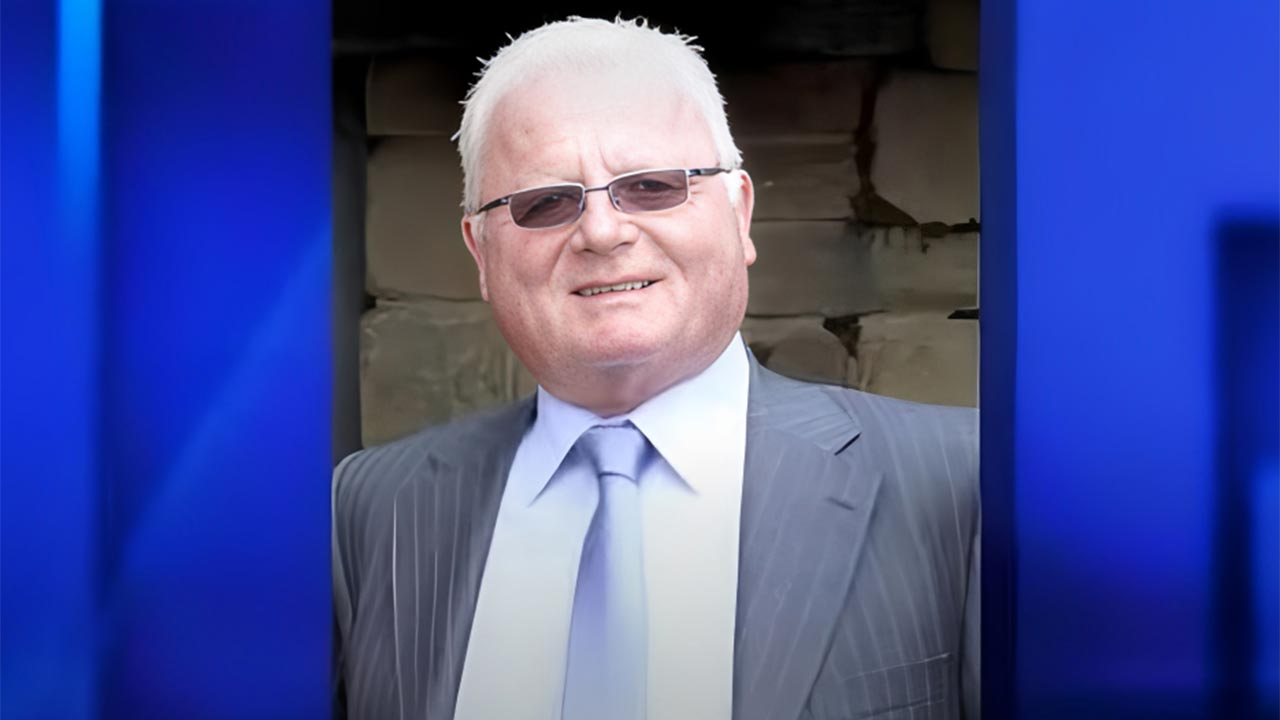
Jimi Heselden was a British entrepreneur who owned Segway, Inc., the company behind the Segway personal transporter. In a tragic accident, Heselden fell off a cliff while riding a Segway on his property. His death highlighted the potential risks of personal transport devices, but his legacy in innovation and philanthropy endures.